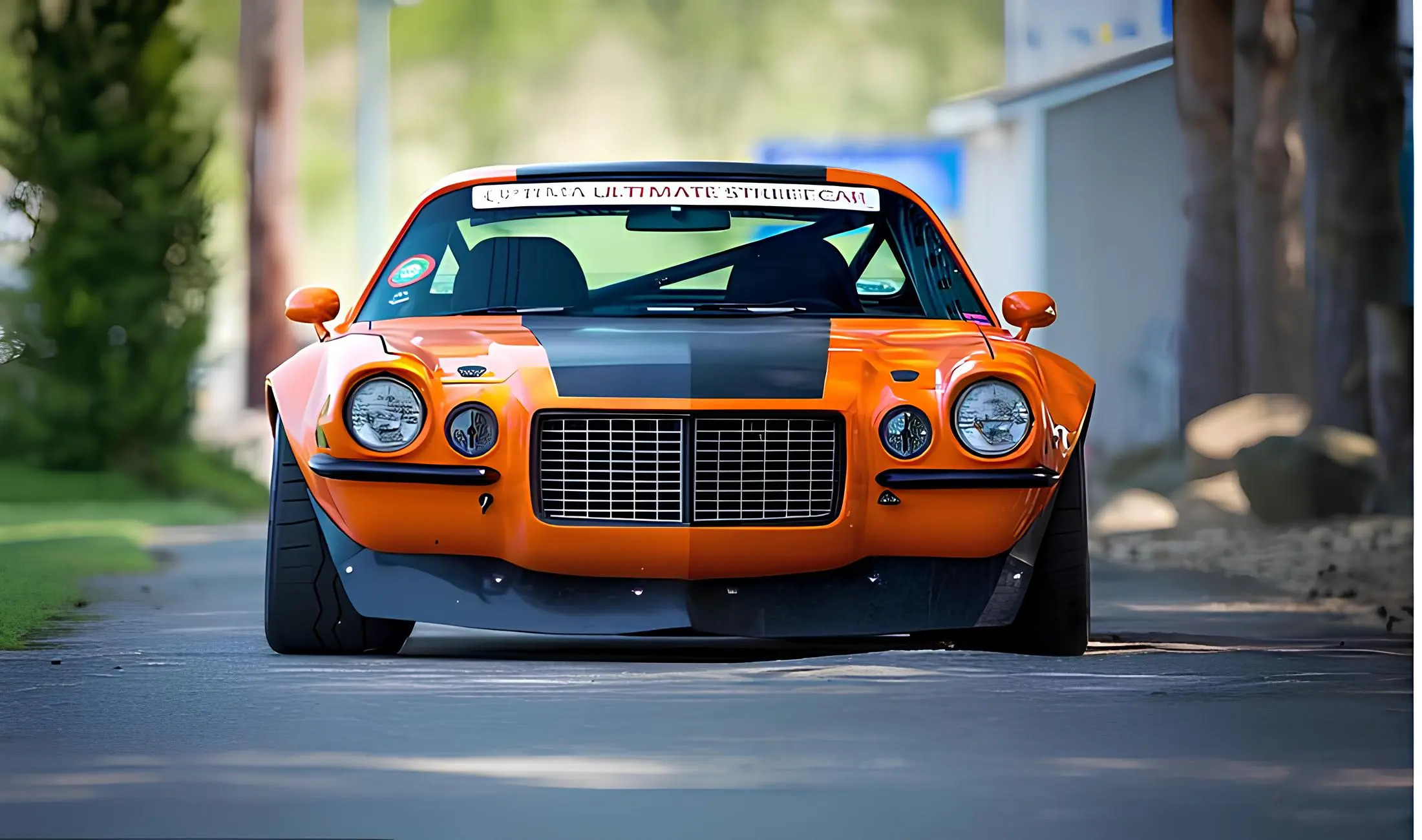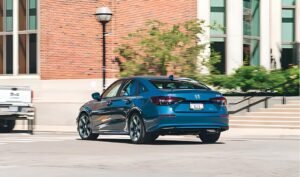The automotive world is filled with stories of evolution and yet sometimes disappearance. Over the past few decades, several car brands have made remarkable marks on the market before they completely vanished.
The disappearance of these brands involves many reasons like economic turmoil, strategic pivot, the rise of competitors, and changing consumer preferences.
Though they are not seen on roads in the present day – but their legacy lives on through the impact on car manufacturing. In this article, let me take you a few decades back and show some luxury car brands that you cannot see in the present day.
Pontiac (1926– 2009)

General Motors introduced the Pontiac brand as a companion to GM’s Oakland Motor car in 1926. It quickly rose to prominence in the 1960s with the incredible models GTO, Firebird, and Trans Am. Pontiac’s GTO was considered the first muscle car.
Pontiac got its name because of the performance-oriented vehicles within a budget. It was one the fastest production cars of its time. During its peak years, Pontiac sold over 900,000 units annually but by the final year, the number stopped to just 267000.
Yet, Pontiac could not sit for much longer. In the early 2000s General Motors struggled with financial losses and Pontiac’s sales reported a sharp decline. The brand lost its distinctive density due to the rise of competitors. GM declared bankruptcy in 2009, and Pontiac was amongst the casualties of the company’s drastic restructuring plan. The production ceased in 2010.
You May Also Read: Best Used Luxury Cars
Scion (2003 – 2016)
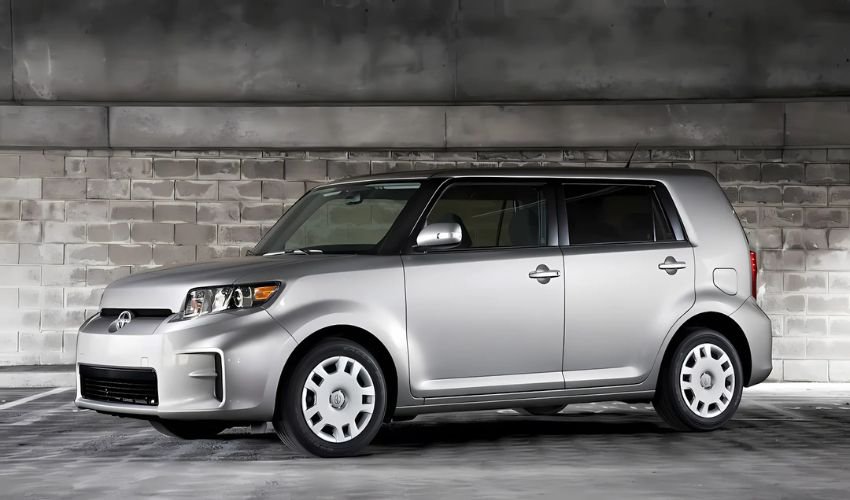
Launched by Toyota in 2003, the Scion was designed to attract younger drivers who considered affordability and customization as the fundamental aspects.
The Scion XB and tC were a massive hit among the millennials because of their astonishing design. Other popular models that contributed millions to the brand’s growth were FR-S and iA. Their unconventional marketing styles were a predominant factor behind its growth.
Yet, the growth was short levied. Despite initial success, sales began to vanish after the mid-2000s. The contributing factor was brand cannibalization – the introduction of new products diminished the sales of the current ones. It was a youthful appeal but could not remain loyal for longer.
Toyota decided to cease Scion into its main lineup in 2016. Their prominent models like FR-S were converted to Toyota 86. In the best year, Scion sold over 173000 units (2006), but by the time it was discontinued, the sales had plummeted to 56000 units.
Plymouth (1928-2001)

Chrysler launched Plymouth company in 1928 as a low-cost substitute for the expensive brand Dodge. In the early years, Plymouth was the real weapon behind Chrysler’s success because these cars were seductive for middle-class America.
It became popular because of Barracuda which was an early competitor in the muscle car market. Another popular model was the Road Runner which had remarkable raw power with a minimal design.
However, in the 1990s Plymouth started to lose its identity. Within the broader Chrysler lineup. It was taken over by the Dodge and Chrysler luxury cars. Further, this crisis worsened with the introduction of the PT Cruiser, which was initially intended to be a Plymouth but was branded a Chrysler instead.
This was the end of the brand. Their sales dropped massively and were officially dissociated in 2001. At its peak levels, Plymouth sold around 973,000 vehicles in 1973 yet the final year sales were just 30,000 units.
Oldsmobile (1897 – 2004)
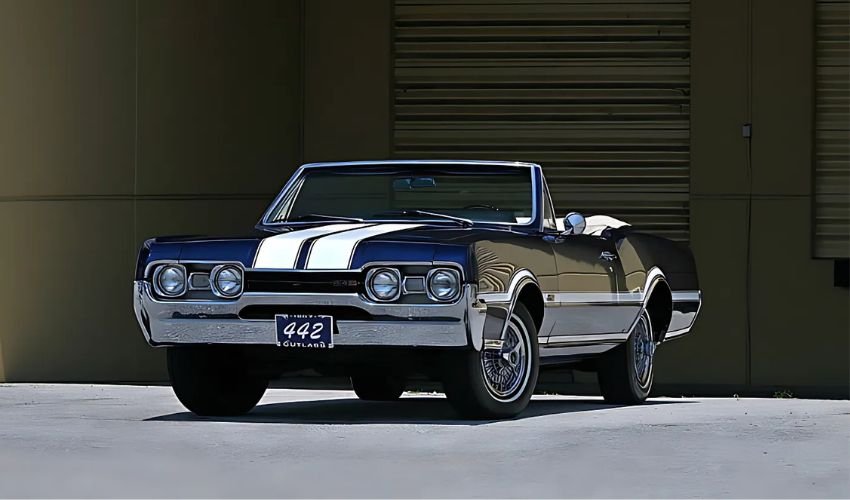
Oldsmobile is the first American car brand released in 1897 from the parent company General Motors. This distinction-holding brand was founded by Ransom E. Olds.
This was the reason behind General Motors’ incredible success within a few years. It was an example of ultra-modernism in that era. They gained massively positive reviews with the introduction of the first automatic transmission Hydra Matic in 1940.
Cutlass, Alero, Toronado, and 88 were the major selling units which collectively accounted for 1 million selling units in 1985. Yet, as the 1990s came nearer, Oldsmbole was struggling to reinvent itself. The tough competition from foreign manufacturers and even from other GM brands including Buick and Chevrolet was the reason behind Oldsmobile’s downfall.
Their traditionally older customer base would not attract new buyers. Sales saw a gradual decline and finally, the phase-out was announced in 2000. Yet, the production continued till 2004. In 2000, the annual recorded sales were 289,000 units.
Saturn (1985 – 2009)
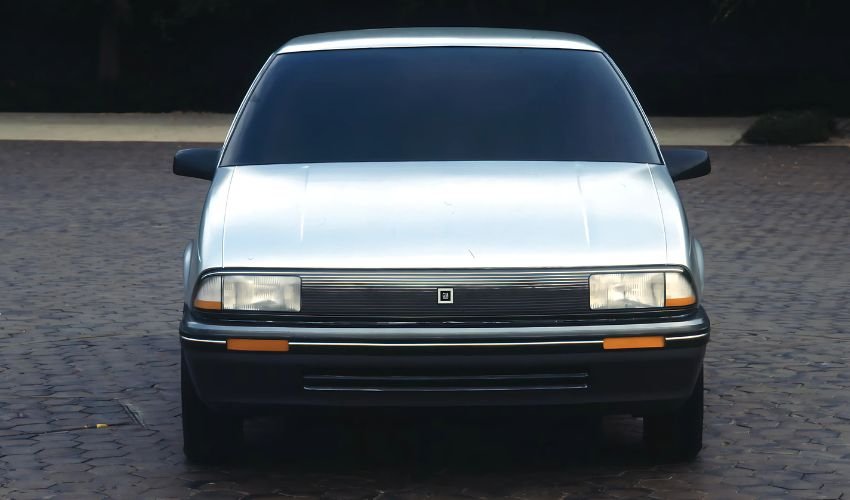
The leading manufacturer of General Motors had a strong desire to compete with Japanese automakers like Honda and Toyota. This desire brought forward a new brand name Saturn.
They were quick to gather a loyal following with their no-haggle pricing and stronger customer service. Their Sedans were the first ones in the market – with a compact design and unique plastic body panels. In 1994, Saturn had sold 286000 vehicles but by 2009 the sales were below 100000 units.
GM’s financial struggles began in the 2000s, and their plan for financial restoration restricted investment in new Saturn models. There were numerous attempts to refresh the Sky Roadster, a lineup model yet they all ended in vain.
With the declaration of bankruptcy by GM, Saturn was one of the first brands that did not survive the recession. Their production saw a complete halt in 2010.
Saab (1945 – 2012)

Saab initially was brought up as an aircraft manufacturer from Sweden. In 1945, it turned towards car manufacturing and earned a good name.
Their proactive reputation was the result of quirky designs and their unique selling point for car safety. It was initially owned by Saab AB but later transferred to Spyker Cars. The Saab 900 and 900 Turbo were highly advanced models with a cult following in the United States and Europe.
In 1990, GM acquired a 50% stake in Saab and later took on full ownership. Their vision was to enter the European market. Their downfall was linked to company mismanagement and inability to manage Saab; ‘s niche market position.
In 2010, GM sold Saab to Spyker Cars but the new ownership was meddling in financial struggles. Production was officially ceased in 2011, though the brand saw a brief revival attempt by NEVS.
The Bittersweet Goodbye
While it’s sad to see these iconic models and brands go, their discontinuation paves the way for innovations and technologies. The shift towards electric vehicles and sustainable practices is a promising development for the future of the automotive industry.
It’s important to remember that while these companies and models may no longer exist, their impact on the industry is undeniable. They have contributed to the evolution of automotive design and technology, leaving a lasting legacy that continues to influence modern vehicles.
In the end, the discontinuation of these luxury car models and brands signifies not just an end, but also a new beginning. As the industry continues to evolve, we can look forward to new models and technologies that will redefine luxury and performance in the years to come

